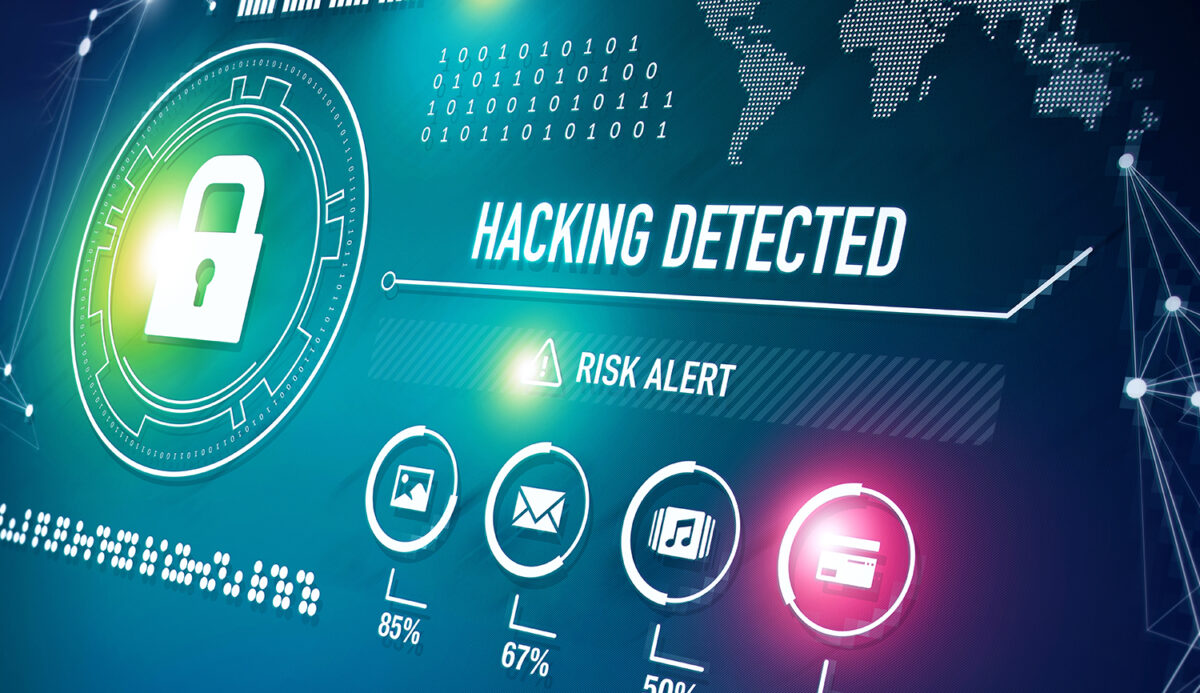
5 Questions to Consider When Choosing an XDR Solution
The threat landscape continues to evolve and expand rapidly. As attack vectors multiply, from endpoints to networks to the cloud, many enterprises address each vector with a best-in-class solution to protect those specific vulnerabilities. However, these point tools don’t connect the dots across the entire technology stack. As a result, security data is collected and analyzed in isolation, without any context or correlation, creating gaps in what security teams can see and detect.
Extended Detection and Response (XDR)
Extended Detection and Response (XDR) is the evolution of Endpoint Detection and Response (EDR). XDR automatically collects and correlates data across multiple security vectors, facilitating faster threat detection so that security analysts can respond quickly before the scope of the threat broadens. In short, XDR extends beyond the endpoint to make decisions based on data from more products and can act across your stack by acting on email, network, identity, and beyond.
As XDR is gaining traction and emerging as a critical next-generation security tool, here are five questions you should consider while looking at an XDR solution.
1. Does the XDR Solution Provide Rich, Cross-Stack Visibility with the Ability to Seamlessly Ingest from Multiple Data Sources?
A robust XDR platform enables enterprises to seamlessly ingest structured, unstructured, and semi-structured data in real-time from any technology product or platform, breaking down data silos and eliminating critical blind spots.
2. Does the XDR Solution Provide Automated Context and Correlation Across the Different Security Layers?
Many EDR solutions require (human) security teams to conduct investigations. But given the volume of alerts generated, many security teams are not resourced to dwell into every incident. A robust XDR solution should be augmented with AI and automated built-in context and correlation.
3. Does the XDR Solution Auto-Enrich Threats with Integrated Threat Intelligence?
As new threats emerge, a lack of external context makes it difficult for analysts to determine whether an alert or indicator represents a real threat to their organization. Threat intelligence provides up-to-date information on threats, vulnerabilities, and malicious indicators freeing security teams to focus on what is most important. A well-built XDR solution enables threat intelligence integration from multiple sources to help security teams prioritize and triage alerts quickly and efficiently.
4. Does the XDR Solution Automate Response Across Different Domains?
Of course, incident detection and investigation need to trigger an effective response to mitigate the incident. The response needs to be pre-defined and repeatable to make remediation more efficient and intervene at any step in an attack that is in progress. The response should distinctively define both short-term and long-term measures that can be used to neutralize the attack. It is also essential to understand the cause of the threat to improve security and prevent attacks of a similar manner in the future. All necessary steps must be taken to ensure that similar attacks are not likely to happen again.
5. Does the XDR Solution Let You Easily Integrate with Leading SOAR Tools?
As you may have other security tools and technologies deployed in your SOC, your XDR solution should let you utilize your existing investments in security tools. Key features would be built-in integrations, including automated responses and integrated threat intelligence.
XDR is the Future of EDR
Specialized security products must work together to defend against an intensifying effort to overrun the digital barriers that protect our now technology-dependent lives. As with any new technology entering the marketplace, there is a lot of hype, and buyers need to be wise. The reality is, not all XDR solutions are alike. YeoDefense, powered by SentinelOne, unifies and extends detection and response capability across multiple security layers, providing security teams with centralized end-to-end enterprise visibility, powerful analytics, and automated response across the complete technology stack.
If you would like to learn more about YeoDefense, contact us.
Information used in this article was provided by our partners at SentinelOne.